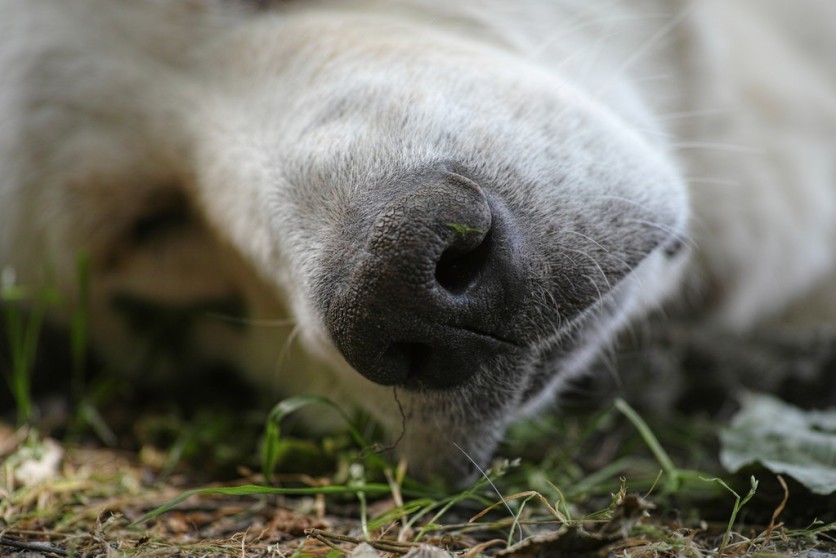
Trained dogs are known to be good detectors of cancer and even COVID-19 through sniffing a person with their sensitive noses that can distinguish several odors. Now, the researchers have unveiled that a small disease-detection device with the same capacity as a dog's nose could be an effective and artificial replacement for the canines.
How Does The Disease-Detection Device Work?
The study was made possible through the collaboration of Medical Detection Dogs, an organization that trains dogs for disease-detection assistance in the UK, together with the Prostate Cancer Foundation, Johns Hopkins University, the Massachusetts Institute of Technology (MIT), and some universities and other groups.
Researchers have been thinking of a good substitute for a dog's nose in detecting diseases since the process could be time-consuming. Now, a device was patterned to recognize the air sample through its microbial and chemical content. According to the study, the said device was more sensitive than a canine's nose, so more accurate results can be produced.
According to a report by MDDI Online, the small device was incorporated with a machine-learning feature so a big difference when it comes to the odors of the samples can be easily identified.
In detecting diseases, dogs can perceive prostate cancer in patients at a 99 percent rate. This is done by letting the dogs smell the odor of the urine samples. Scientists wanted to devise a plan where they could create a combination of a dog's keen sense of smell and sharp thinking into one device.
In the past, dogs were already the go-to sniffers when it comes to identifying what specific disease a person has. Through a series of lab tests, the accuracy of the canine's ability is incomparable. When comparing the number of olfactory receptors, a dog has 300 million receptors while a human being has only six million, so we are light years away behind our canine friends when it comes to odor detection.
For the device, the researchers said that it possesses a detector system that will function as the sensors. The system resembles the olfactory receptors of a mammal but what's convenient in this small tool is it can be used through a smartphone.
A research scientist from MIT, Andreas Mershin said that the device could quickly uncover the developing signs of a system compared to a screening test. Mershin added that it could also detect a gas leak and smoke-related incidents.
For the population of the study, 50 patients who have prostate cancer and those who are cancer-free were put to test. Their urine samples were gathered by the Medical Detection Dogs. Meanwhile, the trained dogs were instructed to smell the urine so they could be compared to the device.
The findings revealed that the disease-detection device and the dog's nose both scored over 70 percent. Furthermore, Mershin reported that the device is said to be 200 times more sensitive in terms of detecting diseases compared to the traditional detectors. Through the help of machine learning, the molecules of the odors can be interpreted and compared to what dogs smelled.
"The dogs don't know any chemistry. They don't see a list of molecules appear in their head. When you smell a cup of coffee, you don't see a list of names and concentrations, you feel an integrated sensation," Mershin said.
A Larger Population For Future Studies
The device will be helpful in the future clinical trials that will be conducted in the laboratories. Mershin said that the team wants to have a larger pool of samples so more information can be gathered to identify the diseases.
To access the full study, visit PLOS ONE journals.
Related Article : This AI Can Forecast the New Animal Host of the Next Coronavirus
This article is owned by Tech Times.
Written by Joen Coronel
![Apple Watch Series 10 [GPS 42mm]](https://d.techtimes.com/en/full/453899/apple-watch-series-10-gps-42mm.jpg?w=184&h=103&f=9fb3c2ea2db928c663d1d2eadbcb3e52)



